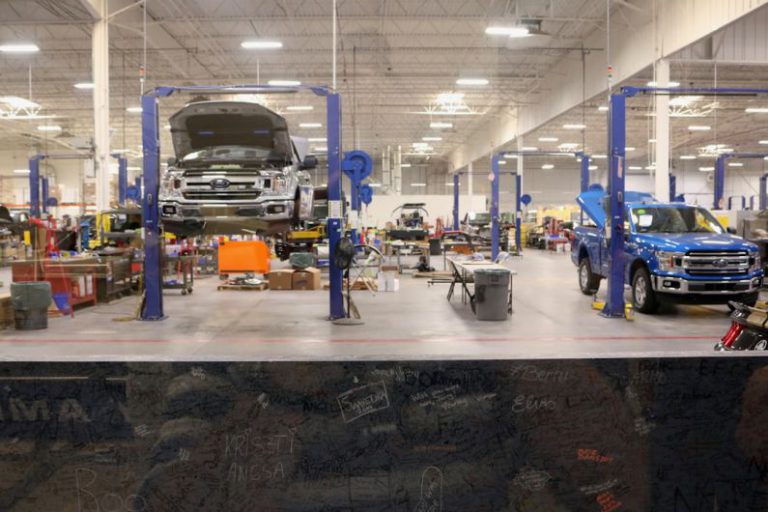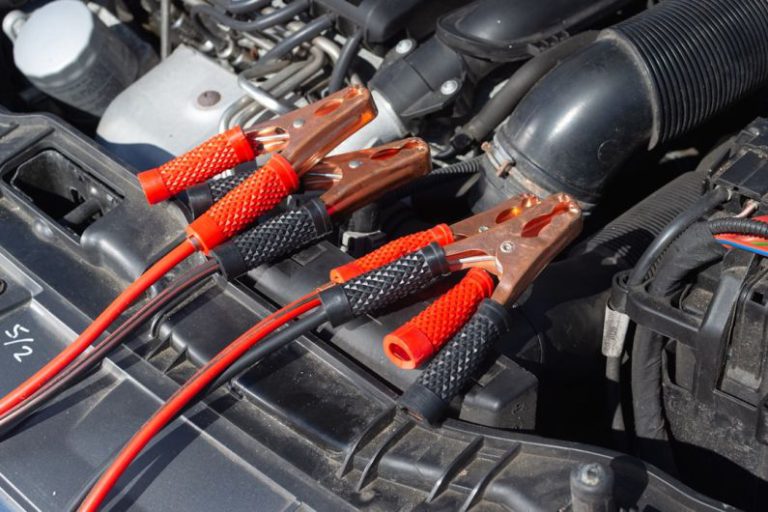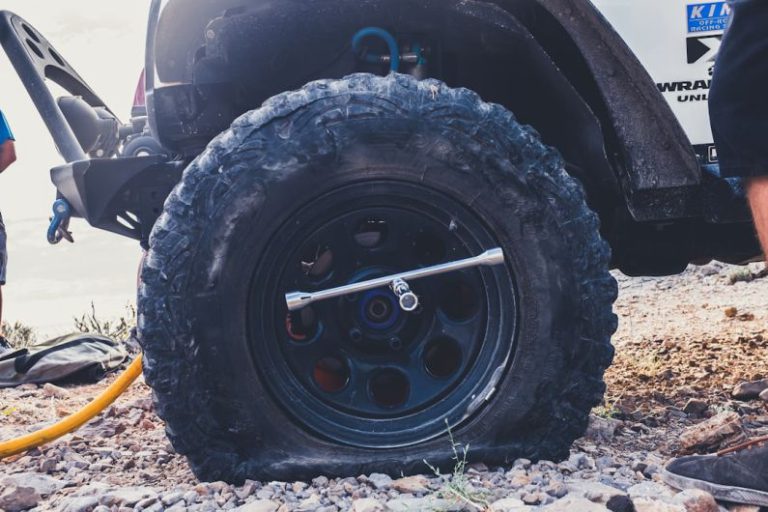How to Replace a Flat Tire Easily?
Changing a flat tire can be a daunting task for many drivers, but with a few simple steps, it can be a quick and easy process. Knowing how to replace a flat tire is an essential skill that every driver should have in case of an emergency. In this article, we will guide you through the steps to replace a flat tire easily, so you can get back on the road in no time.
**Inspect the Damage**
The first step in replacing a flat tire is to safely pull over to the side of the road and turn on your hazard lights. Before you begin the tire-changing process, make sure to inspect the damage to determine if it is safe to proceed. Check for any visible punctures, tears, or damage to the tire that may prevent it from being changed. If the tire is severely damaged, do not attempt to replace it yourself and seek professional help instead.
**Gather the Necessary Tools**
To replace a flat tire, you will need a few tools to get the job done efficiently. Make sure you have a spare tire, jack, lug wrench, wheel wedges, and a flashlight if you are changing the tire in low light conditions. These tools are essential for safely lifting the vehicle and removing the damaged tire.
**Prepare the Vehicle**
Before lifting the vehicle, it is crucial to engage the parking brake and place wheel wedges behind the tires to prevent the car from rolling. This step ensures the safety of both yourself and the vehicle during the tire-changing process. Once the vehicle is secured, locate the jacking points on your car and position the jack underneath the vehicle according to the manufacturer’s instructions.
**Remove the Damaged Tire**
Using the lug wrench, loosen the lug nuts on the damaged tire but do not remove them completely at this stage. Once the lug nuts are loose, begin jacking up the vehicle until the damaged tire is off the ground. Once the tire is lifted, you can now remove the lug nuts and take off the flat tire.
**Install the Spare Tire**
Place the spare tire onto the wheel hub and hand-tighten the lug nuts to secure the tire in place. Lower the vehicle back to the ground using the jack and remove the jack from underneath the car. Once the vehicle is securely on the ground, tighten the lug nuts with the lug wrench in a star pattern to ensure even distribution of pressure.
**Check the Tire Pressure**
After replacing the flat tire, it is essential to check the tire pressure of the spare tire to ensure it is inflated to the recommended level. Driving on an underinflated spare tire can be dangerous and may cause further damage to the vehicle. Use a tire pressure gauge to check the pressure and adjust as needed before driving the car.
**Drive Safely**
Once you have successfully replaced the flat tire and ensured everything is secure, you can safely resume your journey. Remember to drive at a moderate speed and avoid sudden maneuvers to prevent any issues with the spare tire. Make sure to visit a professional tire shop as soon as possible to repair or replace the damaged tire.
**In Summary**
Knowing how to replace a flat tire is a valuable skill that can save you time and money in emergency situations. By following these simple steps and being prepared with the necessary tools, you can easily change a flat tire and get back on the road with minimal hassle. Stay safe, stay prepared, and drive confidently knowing you can handle a flat tire with ease.






